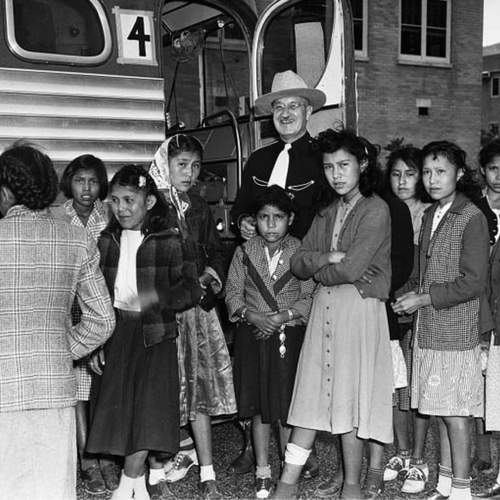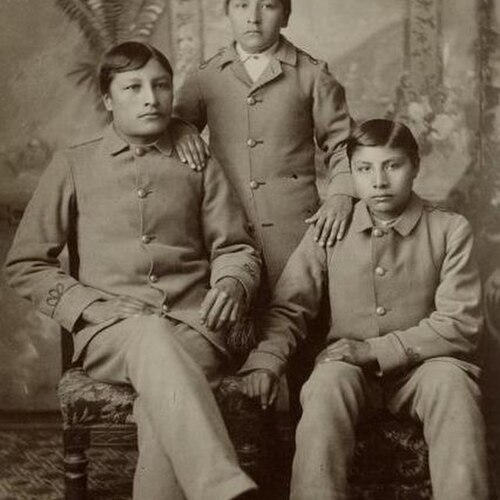Native American Identity
Throughout post-columbian times, Native Americans have experienced discrimination due to their cultural differences with European settlers. Native American genocide occurred sporadically for hundreds of years and resulted in the emergence of generational trauma (Flynn 281). Throughout those years, various reformatory acts regarding the Native American population were passed in the United States government. The Dawes Allotment Act of 1887 resulted in the redistribution of land that belonged to Native Americans to grant each Native family a specific amount of land and distribute the excess land to white Americans (Flynn 280). Native American culture involves a personal connection to land. Displacement and removal directly affect Native Americans in their definition of their identity. In the 20th century, the Indian Relocation Act of 1956 resulted in the major relocation of Native Americans to urban areas (Walters). Although Native Americans technically remained on their native land, the land itself changed and the dominant culture was no longer Native American. Consequently, Native Americans relocation meant that they were forced to integrate into a society that they did not recognize. As the following generations of Native Americans grew up outside of reservations, in urban areas, they gained insecurities about their identities, despite being recognized by others as Native Americans. That group is recognized in Tommy Orange’s There There.
A group that is not represented in the novel consists of Native Americans that remained on reservations and later chose to pursue post-secondary education and integrate themselves in urban society. These individuals assimilated to a new environment in which, ethnically, they were a minority. They pursued post-secondary education to either challenge stereotypes about Native Americans, to uphold their family legacy, or due to fear of experiencing a challenging life on reservations (Flynn 286). All reasons mentioned are similar: they involve ethnography–the perception others have of Native Americans. They are a marginalized group that was excluded physically and politically from the United States. Misunderstandings about Native American culture such as the belief that their practices involve the abuse of recreational drugs and alcohol fuel the need for Native Americans to correct the master narrative that surrounds them. Master narratives constantly push complete assimilation or tribal sovereignty–having been developed in the context of genocide (Dvorakova 43 and 49). These narratives portray Native Americans as radicals and isolate them from modern society.
Master narratives affect Native Americans in their journey of defining their identity. According to Dvorakova, identity within cultural groups is usually defined by mutual understandings about what their cultural group does and its prominent features (45). Shared understandings are the answers to: What does it mean to be Native American? If no answer arises, the question becomes: what do other Native Americans do? At this point in the journey, it becomes difficult to differentiate between what the community of individuals actually does and what outsiders say they do. A point to note about Native Americans and their identities is that their identity is not tied to the idea of an entire conglomerate of Native Americans, but instead tied to the tribe they are from (Dvorakova 43). Although conversation about them discusses the ethnic group as homogenous, they identify heterogeneously.
There are three steps to constructing identities: (1) identifying others, (2) being identified, and (3) achieving self-identification (Dvorakova 46). Identifying others means differentiating people by ethnic categories and observing their practices. Native Americans identify each other by the tribes they belong to. If they do not know a person, they will know someone of the tribe and relate that individual to another person (Dvorakova 54). Being identified within an ethnic group becomes complicated when master narratives are inaccurate. The second step is arguably the most difficult because an individual may be perceived as something they do not identify with. However, understanding an individual’s comfortability with perception of self is essential to later achieving the third step.


